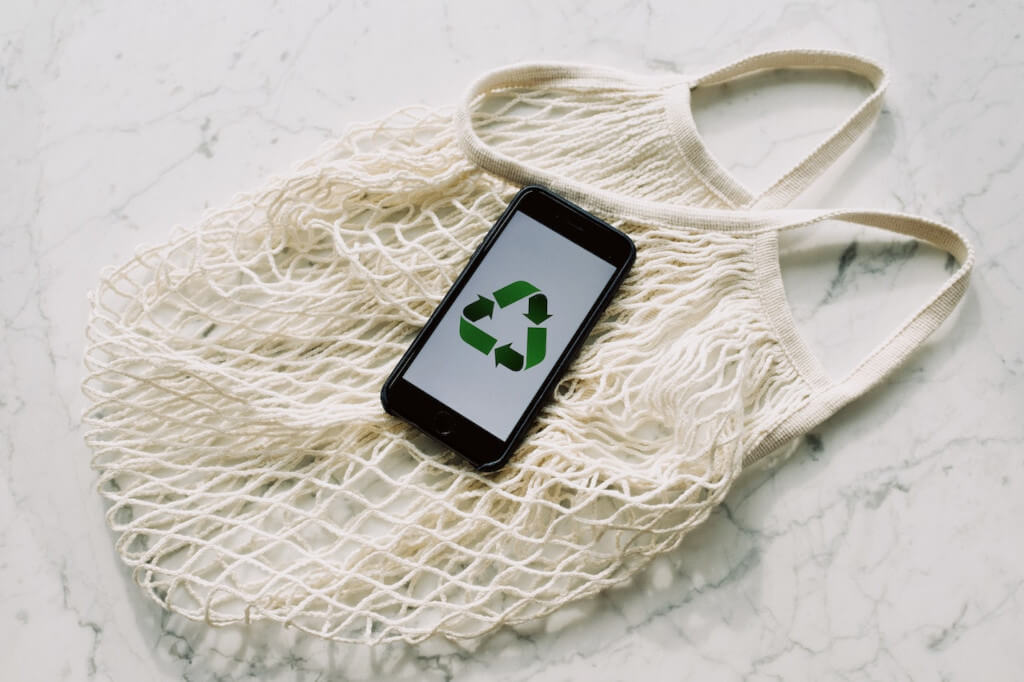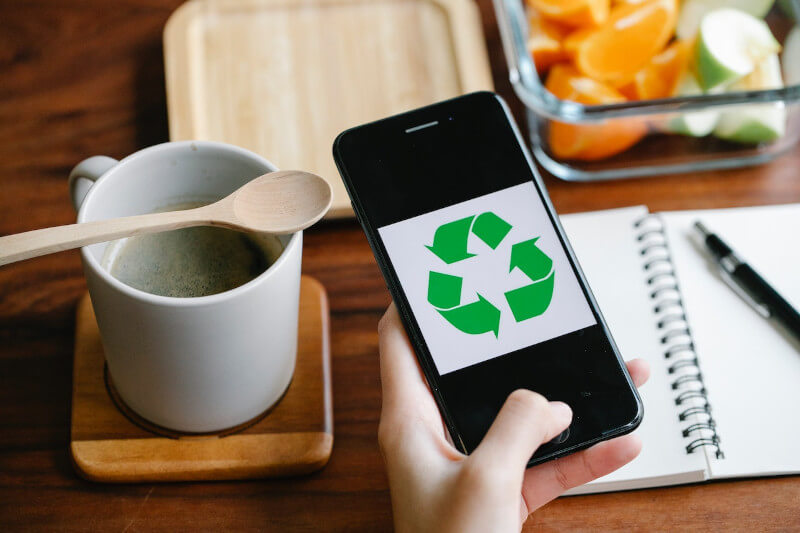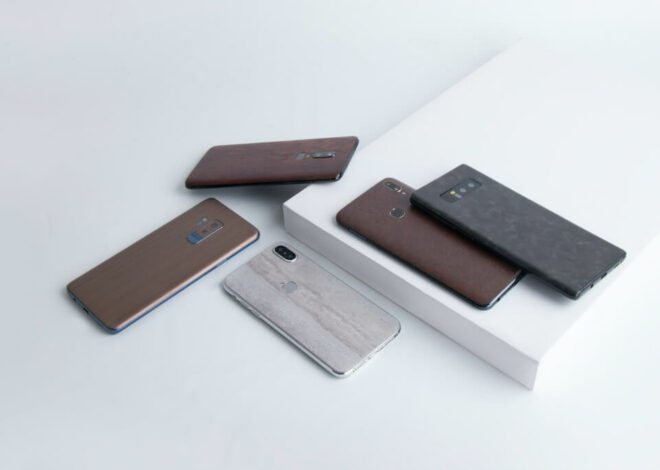
The Revolution Eco-Friendly Phones
Every year, new phones flood the market with flashy features and cutting-edge designs. But have you ever paused to think about the environmental impact of your mobile device? Fortunately, the tech industry is waking up to the urgent call of sustainability, bringing forth the era of eco-friendly phones. Let’s dive into what this means, why it matters, and how you can join the green mobile revolution.
The Anatomy of Eco-Friendly Phones
The fervor surrounding eco-friendly phones is undeniably on the rise. Yet, it’s worth noting that the term “eco-friendly” encompasses more than just catchy marketing slogans. So, what truly goes into making a mobile device kind to the environment?
Materials: Beyond the Surface
When envisioning an eco-friendly phone, the raw materials are indeed the building blocks. But there’s more to this story than just picking recycled plastic over a new one.
– Bioplastics: A fresh wave of innovation, bioplastics are derived from renewable biomass sources, like vegetable fats and oils. Unlike conventional plastics, these break down faster, reducing long-term environmental harm.
– Conflict-Free Minerals: The innards of your phone contain an array of minerals. Ensuring they’re sourced responsibly, without funding conflict or child labor, is pivotal. Leading brands now pledge adherence to responsible sourcing, ensuring their devices aren’t tainted by unethical practices.
– Natural Fibers: Some forward-thinking brands have started to experiment with natural fibers like hemp and flax. These aren’t just sustainable; they can offer better thermal properties and durability.
Production Process: Rethinking Manufacturing
The birthplace of a phone, the factory, has traditionally been associated with sizeable carbon emissions. But sustainable methods are gradually rewriting this narrative.
– Circular Manufacturing: This innovative approach focuses on reusing materials across various product cycles. Instead of a linear ‘create-use-discard’ sequence, circular manufacturing emphasizes a closed-loop system, dramatically slashing waste.
– Green Energy-Powered Factories: Adopting solar, wind, or hydroelectric power sources to run factories greatly diminishes the carbon footprint. It’s not just about reducing emissions; it’s also about promoting cleaner air and mitigating climate change impacts.
– Water Conservation: Modern sustainable factories incorporate water management systems, ensuring minimal wastage. By recycling water within their processes, they preserve this invaluable resource, contributing to the wellbeing of surrounding communities.
Longevity: It’s Not Just About Durability
A phone that stands the test of time isn’t merely durable; it’s a beacon of sustainability. Let’s unpack this further.
– Modular Designs: The idea here is simple but profound. Instead of discarding the entire phone when a component fails, what if you could just replace that part? Modular designs, as championed by brands like Fairphone, let you do precisely that. This not only prolongs the device’s lifespan but also reduces e-waste.
– Extended Software Support: Ever noticed how older phones tend to lag with newer updates? Ensuring that devices receive software updates for an extended period can rejuvenate an aging phone, negating the need for premature replacements.
– Community Repair Workshops: Some eco-conscious brands are promoting repair cultures. By hosting community workshops, they empower users to fix minor issues, fostering a collective spirit of sustainability.
It’s clear that eco-friendly phones aren’t just a passing trend; they’re a clarion call for a sustainable future. As consumers become increasingly aware of the environmental stakes, the onus lies with manufacturers to rise to the occasion. And every time you power on your sustainable device, you’re making a silent pledge to a greener tomorrow.
Popular Sustainable Mobile Brands

There are some trailblazing brands that have championed the cause of sustainability, making it a core part of their identity.
Fairphone: This brand tops the list, having garnered attention with its transparent supply chain. Fairphone ensures ethical sourcing of materials, gives workers fair wages, and encourages modular designs. Their phones are made to be easily repairable, prolonging their lifespan.
Samsung’s Galaxy Upcycling: While Samsung is a giant in the mobile industry, they’ve taken commendable steps to promote sustainability. Their Galaxy Upcycling program transforms old smartphones into IoT devices, giving them a fresh lease of life.
Nokia: Known for its durability, Nokia has also ventured into eco-friendly terrain. Their devices often come in recycled packaging, and they actively promote e-waste recycling.
Recycling and Upcycling Old Mobile Devices
Now, if you’re wondering about the fate of your old phone, you’re not alone. With rapid technological advancements, devices become obsolete fast. But before tossing them, consider these green routes:
Mobile Recycling Programs: Many brands, including Apple and Samsung, have take-back programs. They ensure that your old device is either refurbished or its components are recycled, reducing e-waste.
DIY Upcycling: Got a tech-savvy bone in your body? Your old phone can become a security camera, a dedicated alarm clock, or even a digital photo frame. The internet is brimming with DIY tutorials that can guide you.
Donate: Your old device can still make a difference in someone’s life. There are numerous organizations that accept old phones, refurbish them, and provide them to people in need.
Pioneering a Sustainable Digital Era
In the grand tapestry of technological evolution, the surge of eco-friendly phones represents more than just a chapter; it’s a bold statement of intent. We’re on the cusp of a digital age where responsibility doesn’t take a backseat to innovation. The green mobile revolution underscores a collective realization: the gadgets we cling to, the devices that keep us connected, can also keep our planet protected. As the lines between digital prowess and ecological responsibility blur, it’s heartening to see that the devices of tomorrow are being forged with both ingenuity and conscience. By championing and choosing these sustainable marvels, you’re not just staying connected; you’re connecting with a vision for a brighter, greener future.



